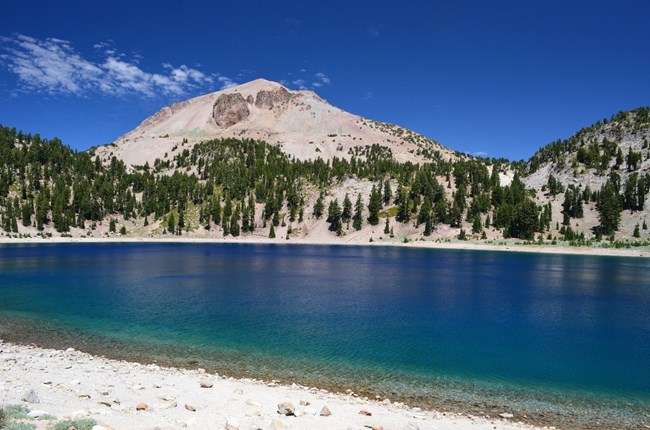Learn about NRCAs
The Natural Resource Condition Assessment (NRCA) Program provides framework, funding, and publishing support to parks to aid in the synthesis and documentation of natural resource conditions. Condition assessment reports are a tool to describe selected park resources, and record a snapshot of their current condition, identify trends, and identify potential or current threats and stressors. Understanding the condition and trend of natural resources is key for parks and NPS planners to appropriately prioritize and allocate stewardship resources.

NPS Photo.
Although Lassen Volcanic National Park is primarily known for its volcanic geology, the park boasts a rich diversity of plant and animal life. Over 700 flowering plant species grace the park, providing shelter and food for 250 vertebrates as well as a host of invertebrates including insects.
Traditional NRCA Report: 2013
In an effort to better understand the natural resources and processes present in the Park, a Natural Resource Condition Assessment was written and published in 2013. This project was a collaborative effort between the National Park Service, Oregon State University, Southern Oregon University, and the University of California, Davis. This team examined the greatest resource concerns within the park and chose six resource topics to assess:
- Changes in precipitation, snowpack, and water availability |
||
- Changes in surface waters and their resources |
||
- Changes in terrestrial vegetation |
||
- Changes in wildlife |
||
- Changes in air quality |
||
- Changes in the natural quality of the park experience |
For other reports and natural resource datasets visit the NPS Data Store.
Source: NPS DataStore Collection 7765 (results presented are a subset). To search for additional information, visit the NPS DataStore.
Last updated: February 25, 2022
